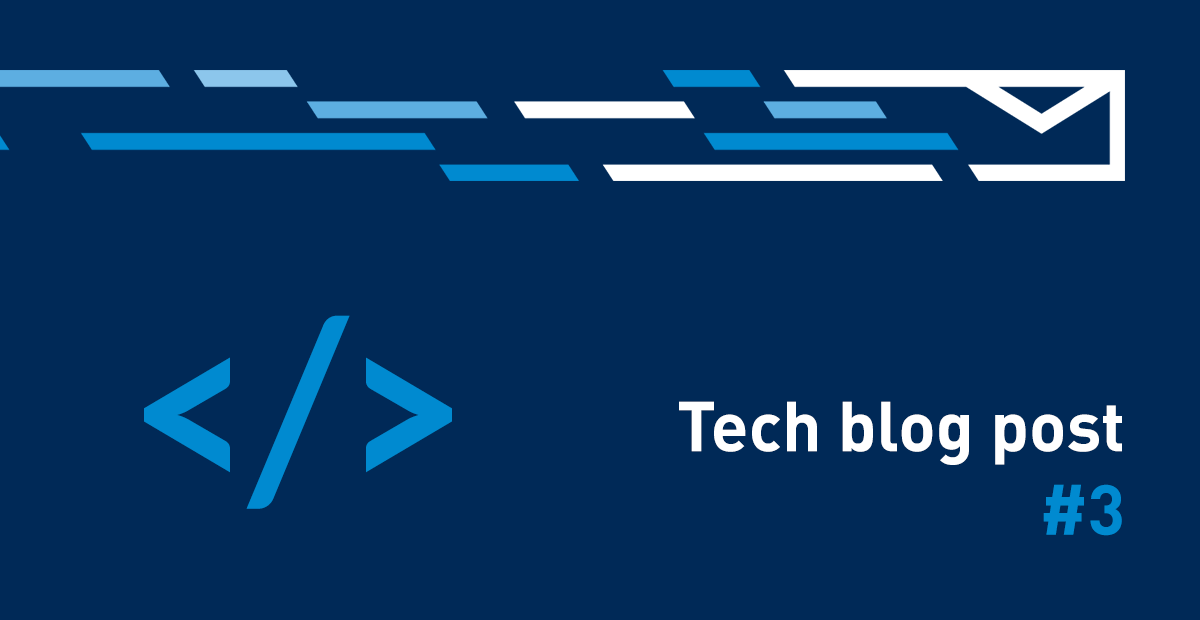
Why? In the long-living project, I was working on, the portion of frontend javascript code was dependent on a mix of bower packages and node modules that were concatenated into a bundle using grunt. We decided to migrate away from Bower as it was an unneeded dependency. It introduced a potential security hole (which turned out to be true, see tweet below) and added complexity to the overall build process.
All Bower versions < 1.8.8 are vulnerable and someone could hack your computer if you won’t update. Please npm install -g bower and also update your docker images if you use them
— Bower (@bower) 15 lutego 2019
Since the usage was entirely custom and aimed at direct files from bower packages, I decided not to use any automated tool as I was not confident in whether I would break the app. Low test coverage of subject features didn’t help.
Here are a few gotchas that made transition difficult but allowed me to proceed with higher confidence once realised.
Overall process
I was moving packages from bower.json to package.json one by one. On each package, I searched if it was used and verified if the versions available on
As we were targeting the relative file path, it seemed like the same version of the same package would have the same folder structure. It turned out that sometimes the library was available in /build directory in the bower, while in the node module, the path was /lib or something different. This, coupled with the fact that the grunt/concat and grunt/copy was not throwing an error if the file in the path was missing, provided me with some doubt.
To sum up
A package might not have the same version
Since bower and
I copied the required files and saved them into the repository, then referenced them in grunt tasks. This allowed me to keep on using the same version of the package. However, this introduces a
the repository is gettingbigger ,- the package is not reflected in package.json, risking it’s forgotten during refactoring.
I still believe that the tradeoff is still worth it.
As a side note – be sure only to copy files you’ll need and leave out the source, tests, and unnecessary dependencies. I would still recommend keeping package.json so that the future developer that looks at the files knows what it is.
To sum up
You might not need it
It turned out that about 3/4 dependencies did not refer
To sum up
Conclusion
Migrating away from bower can be easy and fast if you’re careful. Keep in mind the gotchas, and you should be fine. Verify the bundle after moving/removing each dependency to ensure that you’re not silently breaking anything.
Author: Józef Piecyk





